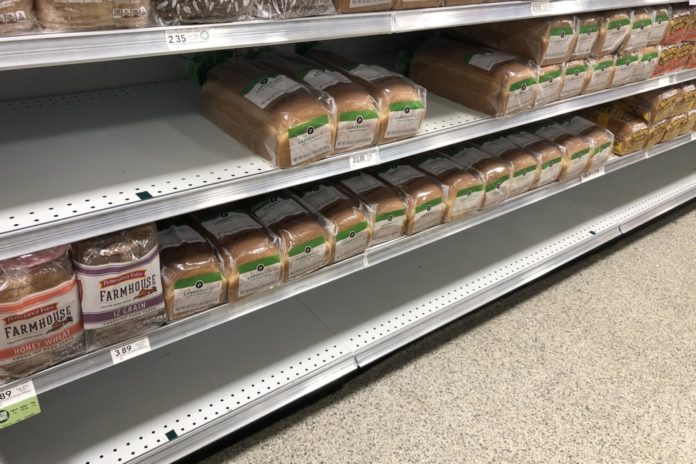
Aug. 8 (UPI) — The percentage of adults who lack access to healthy food has more than doubled in the United States over the past 20 years, an analysis published Friday by JAMA Network Open revealed.
The percentage of American adults who said they experienced “food insecurity” increased to just over 18% in 2015-16 from slightly less than 9% in 1999-2000, the researchers said.
In addition, nearly 23% of obese adults across the country reported a lack of access to healthy food in 2015-16, highlighting how food insecurity can lead not only to “reduced food intake, [but also] decreased diet healthfulness and … poor eating habits,” study co-author Candice A. Myers told UPI.
“Food insecurity is a growing health issue among adults in the U.S and our study further solidifies food insecurity’s link to unhealthy body weight,” said Myers, director of the Social Determinants and Health Disparities Laboratory at the Pennington Biomedical Research Center.
Increasing food insecurity and rising rates of obesity across the country mark a “pivotal public health crisis,” she said. More than 40% of Americans meet the criteria for obesity, or a body weight that far exceeds healthy levels, according to the U.S. Centers for Disease Control and Prevention.
Food insecurity has been defined as conditions in which the “availability of nutritionally adequate and safe foods or the ability to acquire acceptable foods in socially acceptable ways is limited or uncertain.” It is particularly pronounced in impoverished communities, Myers and her colleagues said.
For their research, the team reviewed data on nearly 50,000 U.S. adults who participated in the CDC’s National Health and Nutrition Examination Survey.
Fifty-two percent of participants in the analysis were women and nearly 70% were non-Hispanic White adults, the researchers said.
The prevalence of food insecurity among Black Americans increased to just over 29% in 2015-2016 from 12% in 1999-2000, researchers said. It also more than doubled among White Americans — to 13% from 6% — over the same period.
For Hispanic adults, food insecurity prevalence increased to 38% in those with obesity in 2015-16 from 19% in 1999-2000, they found.
“Food insecurity and obesity are not mutually exclusive health issues,” Myers said.
“It is important to consider the availability and affordability of energy-dense, highly palatable, highly processed, but nutritionally lacking, foods, especially for lower-income families who are more likely to be food insecure.”





